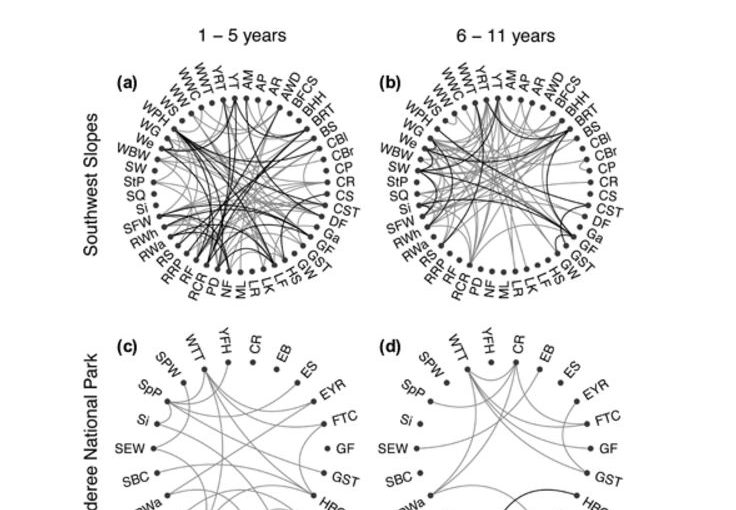In Tulloch, A. I. T., Chadès, I., Dujardin, Y., Westgate, M. J., Lane, P. W. and Lindenmayer, D. (2016), Dynamic species co-occurrence networks require dynamic biodiversity surrogates. Ecography, 39: 1185–1196. doi:10.1111/ecog.02143, we provide an efficient optimisation formulation to select complementary set of species. This paper was published in December 2016.
My original formulation and solution methods although correct were inefficient for the large datasets that Ayesha was dealing with. Luckily, Yann saved the day with a mathematical programming formulation. This efficient formulation is worth understanding as it can be used to solve many complementary problems in optimal monitoring, conservation planning, project prioritisation, value of information or priority threat management.
Ayesha uses this formulation to show that co-occurence species networks require dynamic set of surrogates.
We also provide the code. As usual, send me an email if you’d like to receive the paper.

